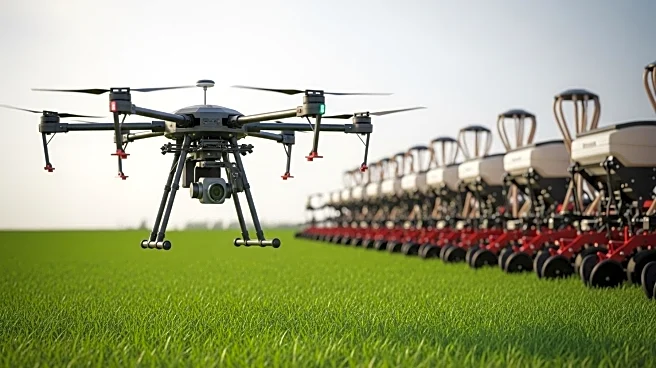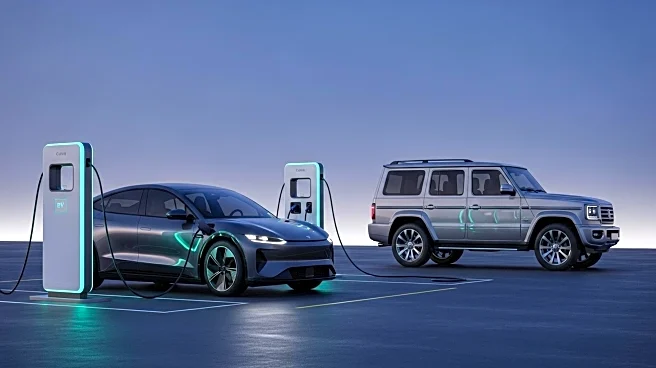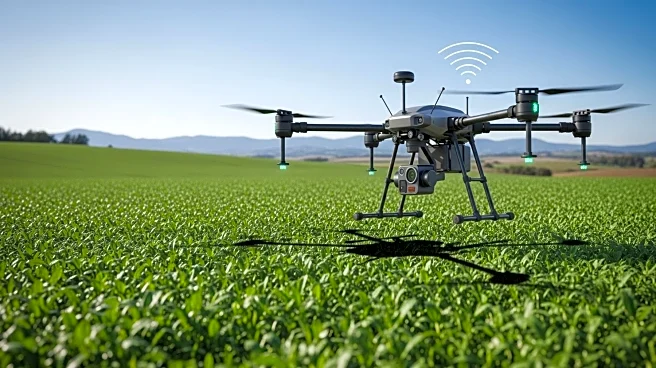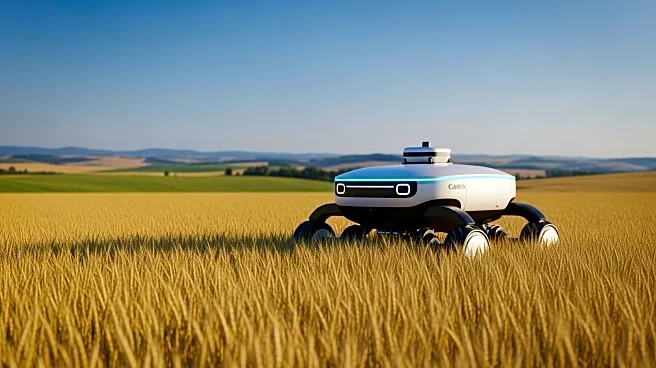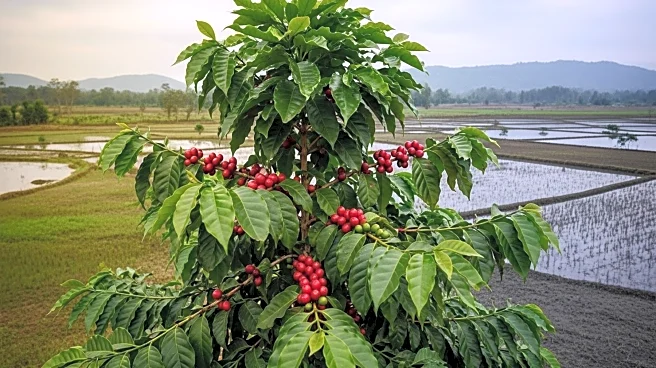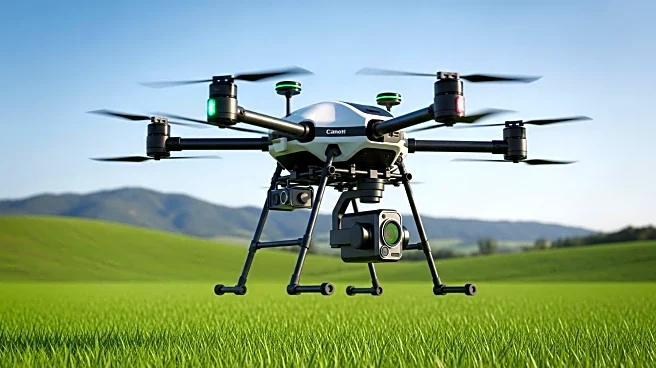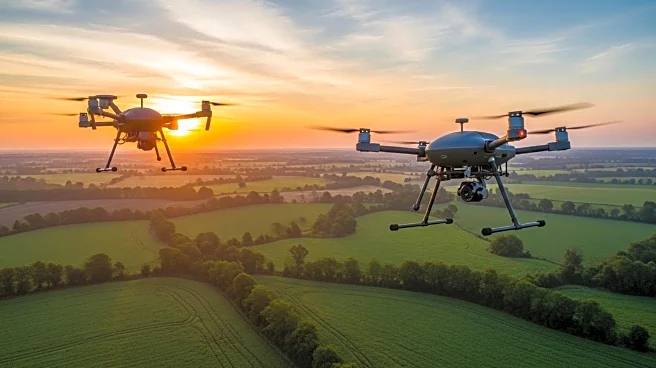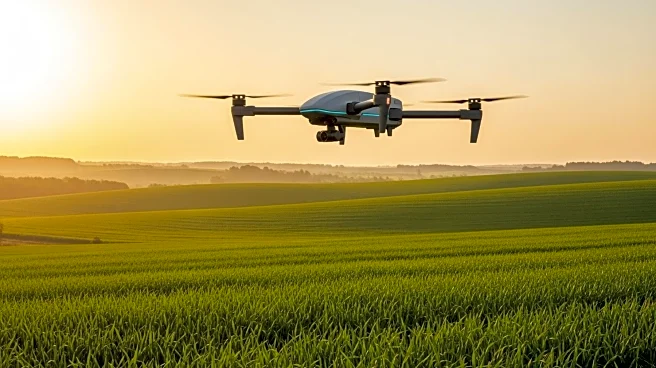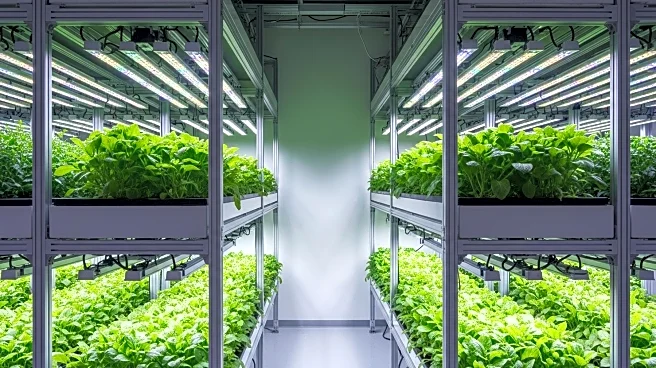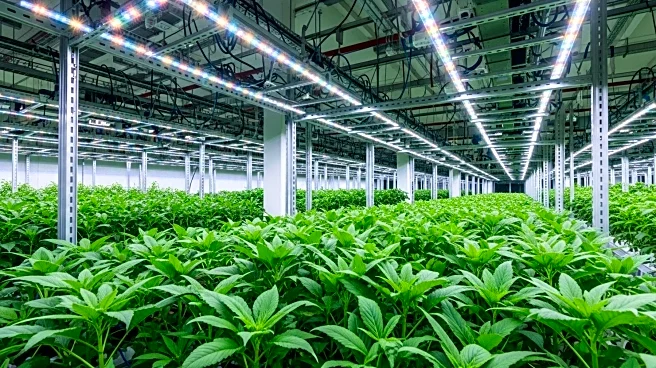What is the story about?
What's Happening?
Väderstad has unveiled its 2026 product lineup, introducing a new row unit for its Tempo planters, a third disc axle configuration for the Carrier XL disc cultivator, and the Väderstad E-Connect digital platform. The new Tempo planter row unit is a complete redesign aimed at improving agronomic precision, user experience, and field performance. It features planting depth settings from prescription maps, easier seed tube changes, and upgraded seed meters. The row unit will be available in central-fill and standard versions, replacing previous models starting June 2026. Additionally, Väderstad is launching a third disc axle configuration for the Carrier XL disc cultivator, designed for ultra-shallow tillage and mechanical weed control. The E-Connect platform will allow farmers to monitor and manage Väderstad machinery in real-time, integrating with major Farm Management Information Systems.
Why It's Important?
The introduction of these advanced farming tools by Väderstad is significant for the agricultural industry, particularly in the U.S., where precision farming is increasingly vital. The new Tempo planter row unit promises enhanced seed placement accuracy, which can lead to better crop yields and efficiency. The third disc axle configuration addresses the growing challenge of herbicide-resistant weeds, offering a mechanical solution that preserves soil moisture and reduces fuel consumption. The E-Connect platform represents a step forward in digital agriculture, providing farmers with real-time data to optimize machinery performance and farm management. These innovations could lead to increased productivity and sustainability in farming practices.
What's Next?
Väderstad plans to roll out these new products starting in 2026, with the Tempo planter row unit available from June and the third disc axle configuration for Carrier XL cultivators available for order in October 2025. The E-Connect platform will launch in early 2026, offering integration with existing farm management systems. Farmers and agricultural stakeholders will likely evaluate these products for their potential to improve efficiency and address current challenges in farming. The adoption of these technologies could influence future trends in precision agriculture and digital farm management.
Beyond the Headlines
The advancements by Väderstad highlight the ongoing shift towards smart farming and the integration of digital tools in agriculture. This trend reflects broader changes in the industry, where technology is increasingly used to address environmental challenges and improve resource management. The focus on mechanical weed control also underscores the need for sustainable farming practices in response to herbicide resistance. As these technologies become more widespread, they may contribute to long-term shifts in agricultural practices, emphasizing precision, sustainability, and data-driven decision-making.
AI Generated Content
Do you find this article useful?
